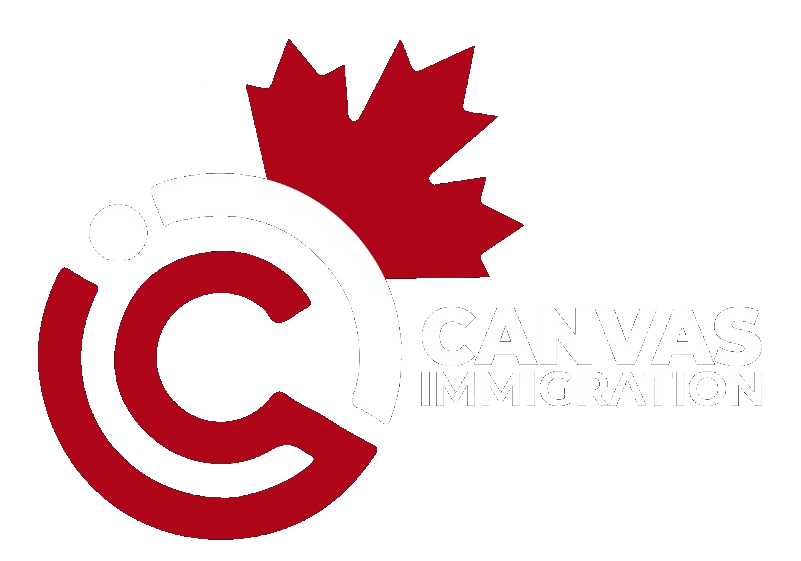Canada’s iconic red-and-white maple leaf flag may be the country’s most recognizable symbol today, but it wasn’t always so ubiquitous. The Canadian flag has had a rich and storied past which helped mould it into the instantly recognizable and beloved symbol we know today. Discover if You Are Eligible for Canadian Immigration With February 15 […]
The post Celebrating 60 years: 10 fascinating facts about Canada’s maple leaf flag first appeared on CIC News.

